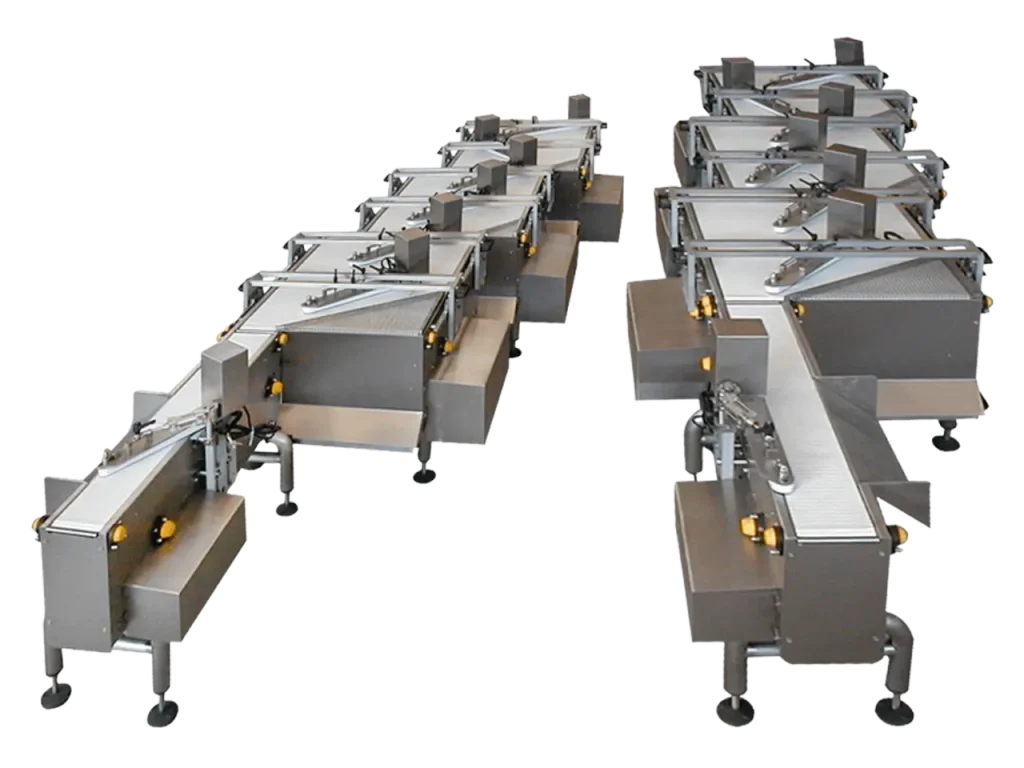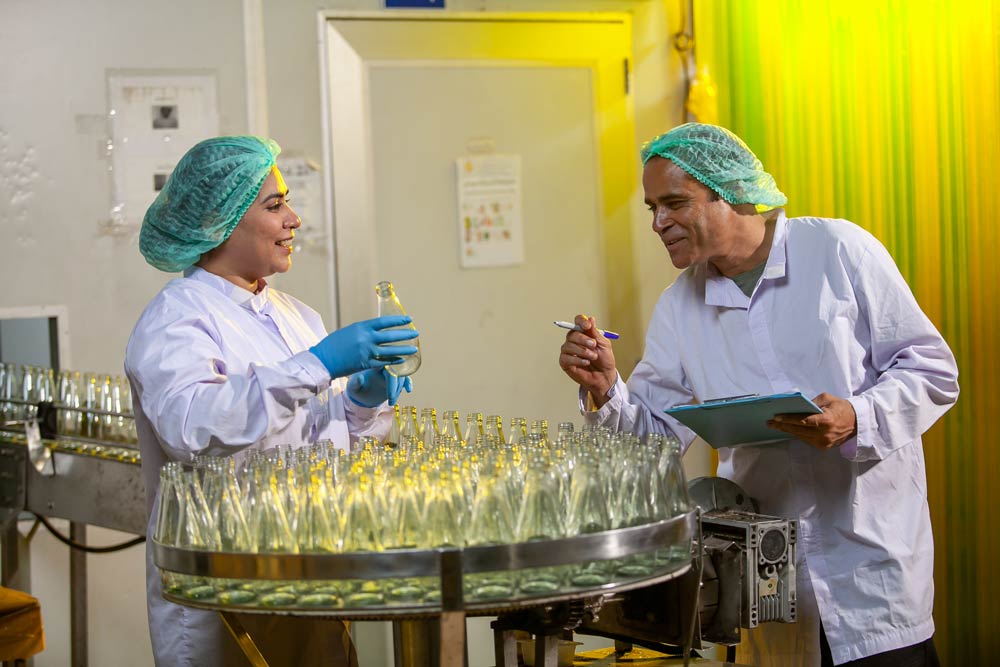In the current industrial landscape, competitiveness in the food sector is no longer measured solely on product quality, but also on the efficiency of the production process .
Increasing efficiency means reducing waste, optimizing processing times, ensuring consistent quality, and simultaneously raising food safety standards. Achieving this goal requires a holistic strategy that integrates modern industrial handling systems (such as conveyor belts for the food industry) with advanced technology, excellent organization, strict quality controls, and targeted staff training.
In this article, we take an in-depth look at the key levers needed to trigger lasting and profitable change.
Bottleneck analysis and waste reduction
Before any technological intervention, a thorough diagnosis of the production flow is essential. Bottlenecks are the critical points where the workflow slows down, causing delays and cascading inefficiencies. Identifying these critical points is the first step towards concrete optimization .
For example, bottlenecks often occur at the beginning or end of the line. In these cases, the simple use of solutions such as stackers and destackers can optimize the initial loading and unloading phases, ensuring a constant flow to the processing conveyors.
Automation and intelligent movement systems
Automation is a key aspect to increasing productivity and industrial handling systems are the starting point.
- From basic handling to robotic integration: Reliable handling is the backbone of every efficient production line. For this reason, the industry relies on specialized conveyor belts, designed to ensure maximum hygiene and durability. These systems can be equipped with advanced robotics, such as pick -and-place systems, which work in perfect sync with the conveyor belt to accelerate the packaging and palletizing phases.
- Flexibility and speed with modular systems: In an ever-changing market, the ability to adapt the production line to new formats or seasonal products is a huge competitive advantage. Modular solutions, including modular chain conveyors Easily reconfigurable, they allow for rapid format changes, minimizing machine downtime and ensuring maximum operational flexibility.


Digitalization and predictive maintenance
Operational efficiency is closely linked to the ability to monitor and analyze production data in real time. Digitalization is the key to transforming production lines into intelligent and proactive systems.
- MES Software (Manufacturing Execution System): An MES is a computer system that manages and monitors production in real time. It allows you to track every single batch, from raw materials to finished products, ensuring full traceability . It provides precise data on line performance, cycle times, batches produced, and inefficiencies, offering a clear and immediate overview of production status.
- Predictive maintenance with advanced sensors: Predictive maintenance represents a quantum leap compared to preventive or corrective maintenance. Modern conveyor systems , such as hinged-plate conveyors , can be equipped with intelligent sensors that monitor critical parameters such as motor vibration and belt tension. Analyzing this data allows potential failures to be predicted before they occur. This proactive approach ensures maximum belt uptime and reduces the costs and risks associated with unplanned downtime.
Staff training and involvement
Production efficiency in the food industry is the result of a complex orchestra in which each instrument must play in harmony. There is no one-size-fits-all solution, but each plant must initiate a process of self-analysis to identify its bottlenecks and implement targeted solutions. The winning approach is one that integrates digitalization, automation, and training step by step, transforming inefficiency into an opportunity for long-term growth and competitiveness.
Such a complex journey requires a solid partner specialized in industrial handling. Monti Impianti, with its experience in handling systems for the food industry, is positioned as the ideal partner to guide companies through this process of transformation and innovation.
FAQ – Frequently Asked Questions about Food Production Processes
1. How can conveyor belts improve the efficiency of production processes in the food industry?
Conveyor belts are the backbone of any efficient production line. Modern, specialized solutions for the food industry ensure maximum hygiene and durability. Furthermore, they can be integrated with advanced robotics (such as pick -and-place systems) and modular solutions to ensure flexibility and rapid format changeovers.
2. What is meant by “predictive maintenance” in the food industry and how does it work?
Predictive maintenance is a proactive maintenance approach that uses intelligent sensors to monitor the health of machinery. These sensors detect critical parameters (such as vibration or temperature) and, through data analysis, can predict potential failures before they occur, minimizing unplanned downtime and repair costs.






